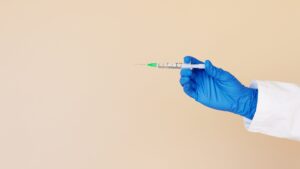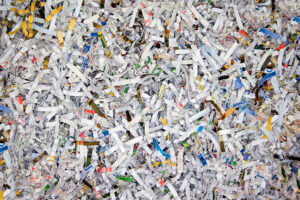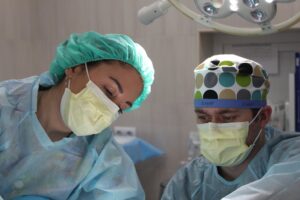Medical waste generators are found in a number of industries – from doctor and dental practices, to veterinary clinics and tattoo parlors. The EPA has established classifications based on the volume of medical waste a facility produces. There are different rules depending on what type of generator you are.
The EPA advises that “Generators of hazardous waste are regulated (by the EPA) based on the amount of hazardous waste they generate in a calendar month, not the size of their business facility”.
Large Quantity Generators
Large Quantity Generators (LQGs) generate at least 1,000 kilograms or more of hazardous waste every month (around 2200 lbs or more). LQG’s also generate 1 kilogram of acute hazardous waste every month.
Small Quantity Generators
Small Quantity Generators (SQGs) generate more than 100 kilograms of waste every month, but less than a 1000 kilogram (around 220 lbs to 2200 lbs).
Regulations on LQGS vs SQGs
There is a detailed table outlining the different requirements between the two types of medical waste generators on the EPA’s website. There are 18 regulations, to include such things as:
- On-site accumulation quantity limits
- Pre-transport requirements
- Personnel training required
- Contingency plan and emergency procedures
- Air emissions allowed
- Manifest requirements
- Waste minimization program requirements
Please note: the EPA’s requirements are not the only regulations you will need to comply with if you generate medical waste. Federal agencies such as OSHA, DOT, and the EPA all play a role in regulating medical waste disposal, however the bulk of regulations are issued at the state level.
What is Medical Waste?
Medical waste is any type of waste that could potentially be infectious. The United States Code defines medical waste as “Isolation wastes; infectious agents; human blood and blood products; pathological wastes; sharps; body parts; contaminated bedding; surgical wastes and potentially contaminated laboratory wastes; dialysis wastes; and such additional medical items as the Administrator shall prescribe by regulation.”
Examples of medical waste include:
- A syringe with a needle (or anything medical or dental that has a sharp edge)
- A bone, human tissue or a body part
- A vessel, tube or a bag containing liquid body substance
- Any item that has been used for research or by any medical, dental or veterinary purpose
There are strict OSHA and state guidelines to check with in determining how medical waste should be collected, segmented, labelled, stored, transported, treated, and then finally disposed of. Please see our post Stages of Medical Waste Disposal for more information. Primarily, if you are a medical waste generator, some things you’ll need to investigate include:
- Write an Exposure Control Plan
- Train staff as per OSHA requirements
- Check your state’s regulations and expectations
- Be fully aware of your cradle to grave liability










